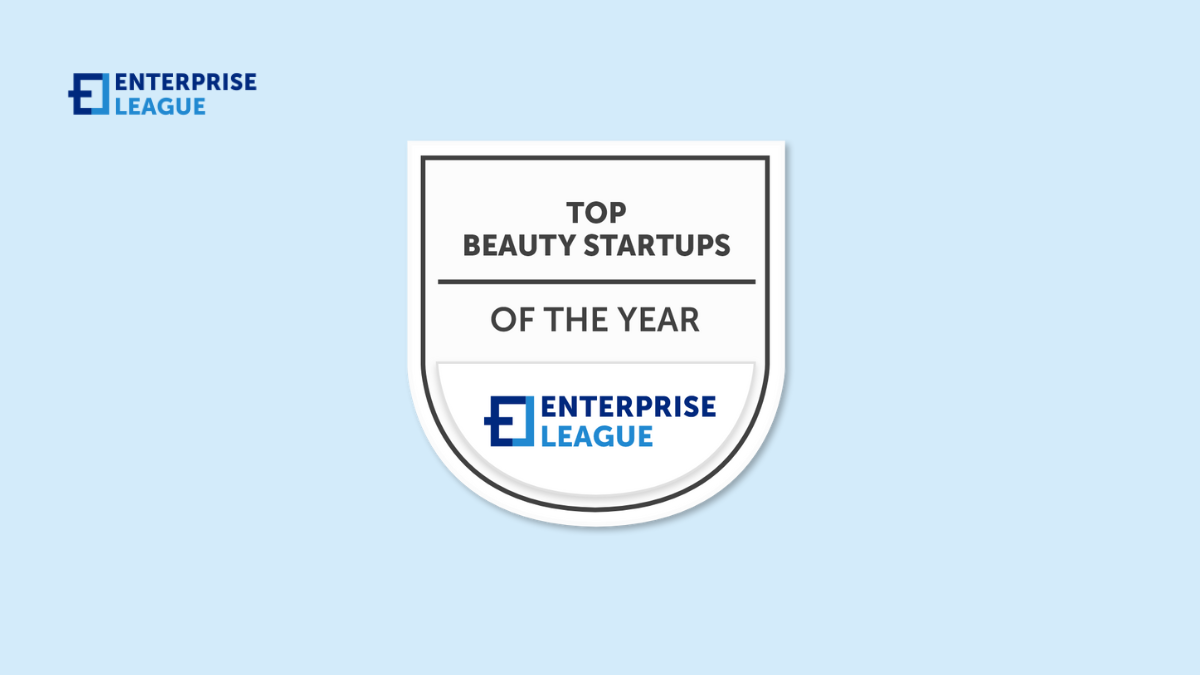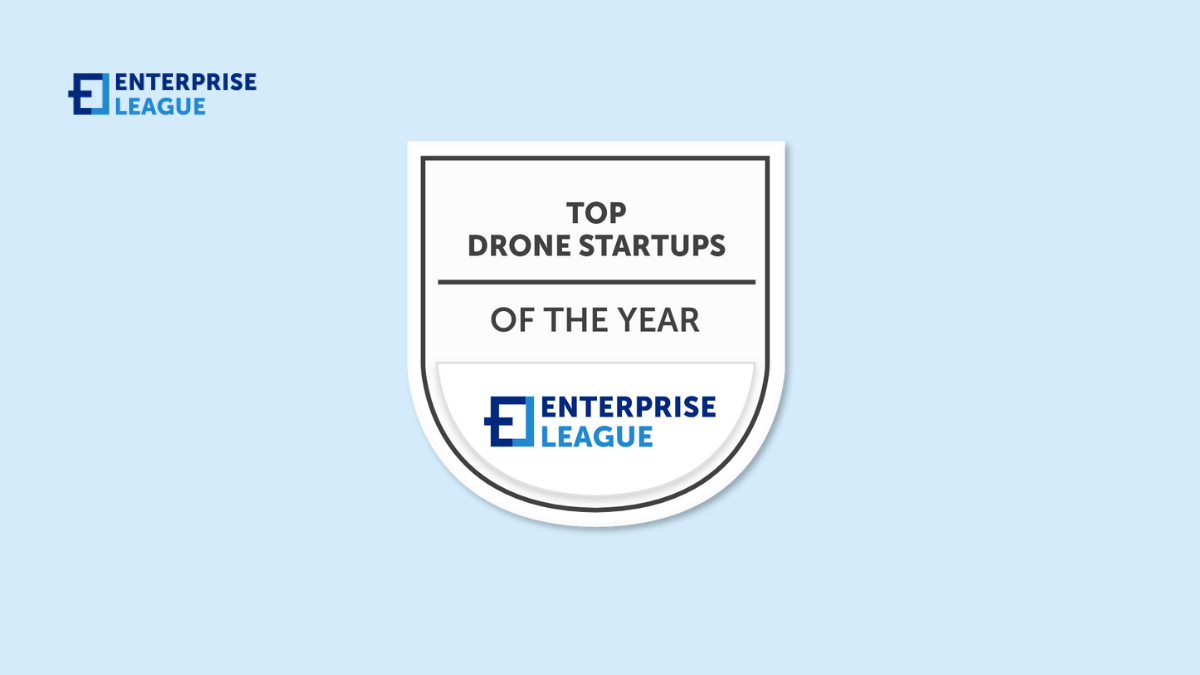You can draw the neatest architecture diagram, pick the trendiest frameworks, and still find yourself on a midnight incident call where everyone says, "I thought someone else owned that." That moment is familiar to anyone who runs distributed systems: the technology...

22 successful beauty startups you must know in 2025
One thing is sure, the beauty industry is here to stay and by 2028, is expected to increase worth to $415.29 billion dollars. But, even though beauty products have become an inseparable part of people’s daily lives, this industry as every other requires innovations to keep it alive and relevant as the times are changing.
Therefore, beauty startups are working hard to achieve mass growth and adoption of cosmetics products. Moreover, one of the most popular trends is reshaping the global market by using AI, so everybody can get the specific product that is suitable for their skin type or concerns.
What are beauty startups?
Another thing that has become a goal for many companies in the beauty industry is personalized beauty options. They’ve spotted the insecurities most of the customers face when it comes to choosing the perfect skincare products and realized that when customers use the wrong product and don’t see desired results, they are most likely to blame the brand or the product line.
Moreover, to help customers and help brands keep their reputation, many beauty startups are working hard to implement AI-powered apps so customers can easily create their skin profile and get selected products that are suitable for their skin.
The best beauty startups that are shaking up the beauty industry
Vegamour
Founded in 2016, Vegamour is a vegan beauty brand focused on hair care and treatments. They make premium products using plant-based ingredients to nourish hair, eyebrows, and eyelashes. Many hair growth serums and foams contain chemicals that can cause skin irritation or lack proven results. Vegamour uses ingredients like mung bean sprouts, curcumin, and red clover which research shows can boost thickness and shine when applied topically. Their formulas are safe, natural options for hair wellness.
Vegamour stands out from other beauty brands because it uses science-backed plant extracts and vitamins rather than harsh additives. All products are certified vegan and cruelty-free. The company aims to make hair growth and scalp care options accessible that actually work but also align with clean, green beauty standards.
Planity
Planity provides an online beauty booking platform that connects clients to over 10,000 hair, nail, massage, and aesthetic medicine locations across France. Via website and mobile app, Planity allows users to easily discover wellness professionals in their local area, check real-time availability, book appointments 24/7, plus access exclusive promotional offers.
For beauty business owners and franchise chains, Planity enables them to digitize booking management and efficiently coordinate client schedules across all staff. By centralizing and streamlining the appointment process through technology, Planity gives businesses valuable time savings while empowering customers with more flexibility and transparency around self-care bookings. The end result is making personal care and beauty routines stress-free to schedule at reputable neighborhood salons nationwide.
Function of Beauty
The customizing process starts with taking the quiz so their team can gain insights into your needs. After that, their in-house chemists create your 100% custom formula based on your answers, and your formula is delivered right to your door. Moreover, their social mission is to support and provide opportunities for women and girls in STEM.
Madison Reed
This beauty startup will help you accomplish your hair goals by giving you the best products for coloring, protecting, treating, and styling your hair, as well as some fast fixes, and a 2-step salon-secret system for healthy‑looking hair color with brilliant shine.
RealSelf
Founded in 2006, RealSelf features community advice and reviews covering procedures from skin care to plastic surgery. Over 2 million members exchange insights on treatment options, costs, doctor reputations, and personal stories.
RealSelf also verifies credentials of practicing doctors listed. Members can directly contact clinics and set up consultations. By enabling transparency and connections at scale, RealSelf aims to guide all health and beauty enhancement decisions.
Billie
Apart from their products, this is one of the best beauty startups because they also try to make the world a better place by donating 1% of their revenue to support women and important causes around the world. The razor that started it all is made based on women’s needs, hence it navigates more curves and angles. It’s also encased in aloe moisturizer for an incredibly smooth glide every time.
TULA Skincare
They don’t formulate with toxic ingredients or irritants that might compromise the health of your skin, but have over 1,600 ingredients they will never formulate with. Hence, TULA Skincare guarantees that 100% of its products are clinically tested for efficacy.
ManiMe
All you need to do is simply scan your hands, select your design, and receive your high-tech manicure in the comfort of your own home. They can be self-applied or removed in moments, making time-consuming and damaging treatments a ritual of the past. Lastly, this manicure is toxin-free and cruelty-free and can be applied in 5 minutes or less.
By Humankind
Their main goal besides clean products is to eliminate single-use plastic waste from your routine. For that purpose, they create high-performing formulas that work as hard for you like the packaging of By Humankind does for our planet. Additionally, this beauty startup packs and ships products in recycled paper with soy-based inks, which you can recycle or compost.
NakedPoppy
After taking a 3-minute beauty assessment, you will have a personalized choice of the safest, cleanest, and most luxuriously crafted makeup and skincare. Furthermore, this isn’t just about cutting out the major no-no’s. It’s about delivering the most highly vetted and safest beauty products and making sure you don’t waste time on anything but the best of the best.
Quip
These brushes are thoughtfully created by dentists and designers with all the guiding features teeth need to stay healthy. With this smart brush, you can track and make better brushing habits and even earn gifts or discounts when achieving your goals. They also have innovative and eco-friendly floss, gums that prevent cavities, and everything else you need to have the best oral care.
Shampora
To create the personalized products you need to connect with the team of Shampora and have a professional consultation. Every hair is unique and it must be treated that way. Therefore, having a chance to create your tailor-made formula is undoubtedly the best way to have gorgeous hair.
NØIE
What makes this beauty startup unique is that they combine the knowledge they get from your Skin Profile with the data from over 150,000 people and their experiences with the products. So not only do they know what works but they also know what works for whom and what works best for you.
Bloomeffects
Formulas for all products are clean, safe, effective, and infused with breakthrough proprietary dutch tulip complex from Holland. Hence, using these products you will have youthful and glowing skin and you will be a part of the mission to protect the environment.
Virtue Labs
The biggest advantage of this protein, and why it’s proven that will work is the fact that our bodies recognize it as our own. It’s pulled to where it’s needed, strand by strand, smoothing, resurfacing, and filling in cracks of damage. Therefore, Virtue Labs, by leveraging those advantages, creates one of the most effective hair care products.
RadSwan
RadSwan is another one of the rising beauty startups, but this company is strictly focused on providing hair fashion design for black women. As they say, black hair is culture and it’s always been the safest and boldest form of self-expression, therefore, it’s imperative to have hair products that are most suitable for those hair types.
You can choose from a variety of products for different shapes, and even choose from RadKits with selected products. Moreover, they have educational videos that will give you more insights and tips on how to take care of your hair.
C and The Moon
Being aware of that, the founder of C and The Moon in 2018 brought scrub to the product to market and started this journey. They have body scrubs, glow oils, candles, and gift boxes, all environmentally friendly and with natural ingredients.
Bread Beauty Supply
Furthermore, they have products to layer between showers like hair oils and hair cream. Their products are designed for curly, textured hair, but are suitable for all hair types, especially on strands that get extra dry sometimes.
Sunday2Sunday
Nothing, especially not your hair should keep you from living life to the fullest, hence, Sunday2Sunday empowers you to sweat freely, because when it comes to your hair, they are here to handle the bounce back.
Routinely
Changes in your lifestyle, environment and hormonal balance have a direct impact on your skin, and generic skincare doesn’t address the ever-changing nature of the skin. Luckily, Routinely design your custom skincare routine based on your specific profile.
Young King Hair Care
All products are vegan and free from harmful ingredients. They utilize plant-based, environmentally friendly ingredients that are proven to naturally stimulate hair follicles to promote hair growth. Additionally, all products have a citrus scent, that spices up the confidence self-care gives.
Algologie
Thanks to the use of ultra-actives stem cells these innovative products have already proved their efficiency. Algologie is undoubtedly one of those beauty startups that together with clean skincare products, prioritize the clean environment as well.
What all these beauty startups have in common
Discover more creative startups that might interest you:
- The best DeFi startups working on alternatives for the standard financal services.
- Innovative gaming startups that are improving the gaming industry
- Art startups with creative solutions for artists worldwide.
- Revolutionary biotech startups helping the world with amazing innovations.
Related Articles
Building team accountability in distributed systems
Best Managed WordPress Hosting Brands With Serious Performance
When you're running a WordPress website that needs to perform, picking the right hosting provider becomes a technical decision that directly affects your bottom line. Load times, server response rates, and uptime percentages translate into real visitor behavior. A...
The 9 Best Payment Processing Services for SaaS
Running a software business means handling money from customers who expect things to work smoothly. They sign up, enter their card details, and assume the rest happens without a hitch. On your end, though, payment processing is a whole different story. You need...
How To Choose the Right Tool for Waterfall Chart Reporting
Clear waterfall charts help teams explain how results change over time. This guide compares Excel, Google Sheets, and Power BI, then looks at add-ins such as Zebra BI and think-cell for advanced financial reporting. You will see where each option fits, from quick...
Building team accountability in distributed systems
You can draw the neatest architecture diagram, pick the trendiest frameworks, and still find yourself on a midnight incident call where everyone says, "I thought someone else owned that." That moment is familiar to anyone who runs distributed systems: the technology...
















